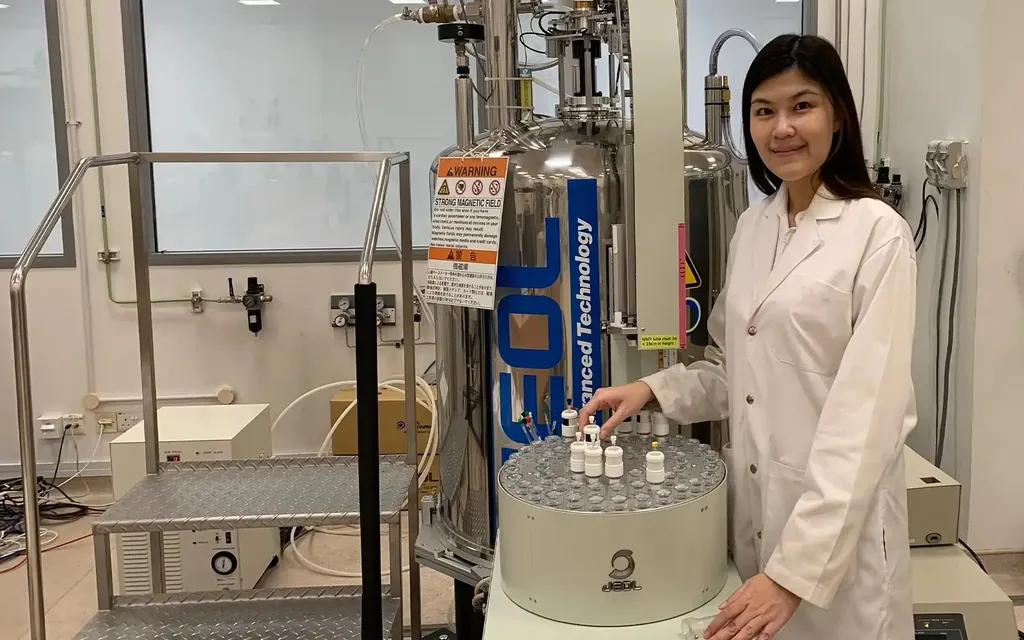In the quest to enhance the toughness and impact resistance of construction materials, researchers at Universiti Malaya have made a significant stride with their investigation into fibre reinforced cementitious composites (FRCC) containing crumb rubber (CR). Led by Md B.U. Rabbane, the study, published in the journal *Materiales de Construcción* (translated to *Construction Materials*), explores how the incorporation of crumb rubber can improve the impact energy absorption (IEA) and mechanical properties of FRCC, potentially revolutionizing the energy sector’s approach to structural integrity and safety.
The research delves into the often-overlooked potential of crumb rubber, a byproduct of tire recycling, as a valuable additive in construction materials. By replacing a portion of fine aggregate with crumb rubber, the team aimed to mitigate cracking and brittleness under impact loads, a common challenge in structural applications. “We were particularly interested in how different sizes and proportions of crumb rubber would affect the material’s performance,” Rabbane explained. “The results were quite promising, especially in terms of impact energy absorption and toughness.”
The study involved testing two sizes of crumb rubber, 0.5–2 mm and 2–5 mm, at replacement levels of 5%, 10%, and 15%. Additionally, the team varied the dosage of polyvinyl alcohol (PVA) fibres at 1%, 1.5%, and 2% to observe their combined effects. While the addition of crumb rubber reduced the density, compressive strength, and flexural strength of the FRCC mixes, it significantly enhanced their toughness and impact energy absorption. Notably, incorporating 10% crumb rubber (5 mm) increased the toughness index by 30% compared to the control specimen. Furthermore, a combination of 15% crumb rubber (5 mm) and 2% PVA fibre boosted the impact energy absorption by approximately 12%.
The statistical analysis, conducted using a two-way ANOVA test, revealed that both the PVA fibre content and crumb rubber content played significant roles in enhancing the impact energy absorption of the FRCC. “These findings suggest that by carefully optimizing the mix proportions, we can develop construction materials that are not only more durable but also more sustainable,” Rabbane noted.
The implications of this research for the energy sector are substantial. Structures such as wind turbines, offshore platforms, and energy storage facilities often face harsh environmental conditions and impact loads. The enhanced toughness and impact resistance offered by crumb rubber-reinforced FRCC could lead to safer, more resilient structures that require less maintenance and have a longer lifespan. Additionally, the use of crumb rubber promotes recycling and reduces waste, aligning with the growing emphasis on sustainability in the construction industry.
As the energy sector continues to evolve, the demand for innovative materials that can withstand extreme conditions and improve structural performance will only increase. The research conducted by Rabbane and his team at Universiti Malaya represents a significant step forward in this direction. By harnessing the potential of crumb rubber and fibre reinforcement, the construction industry can develop materials that are not only stronger and more durable but also more environmentally friendly. This study, published in *Materiales de Construcción*, underscores the importance of interdisciplinary research in driving technological advancements and shaping the future of construction materials.

